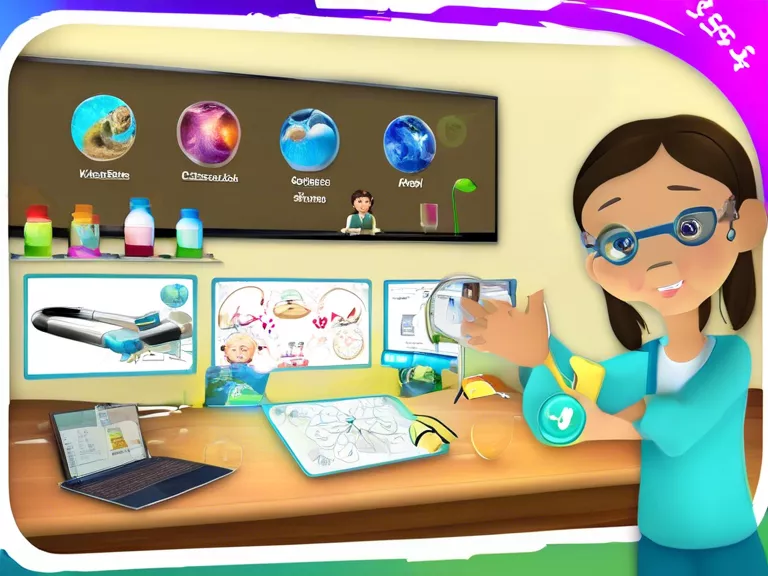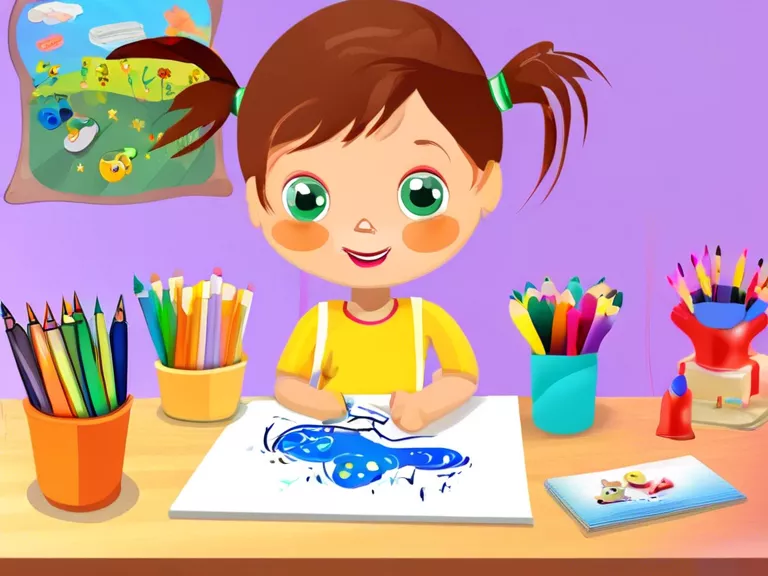
With the advancement of technology, learning science has become more interactive and engaging than ever before. Science apps with virtual labs and hands-on experiments are now available to supplement traditional classroom learning. These apps provide a unique opportunity for students to explore and experiment in a digital environment, making science more accessible and fun.
One of the benefits of using science apps with virtual labs is the ability to conduct experiments that may not be feasible in a traditional classroom setting due to safety concerns or lack of resources. Students can explore concepts such as chemical reactions, genetics, and physics in a simulated environment, allowing them to make mistakes and learn from them without any real-world consequences.
Another advantage of these apps is the ability to customize experiments based on individual learning styles and paces. Students can work at their own pace, repeat experiments as many times as needed, and receive instant feedback on their progress. This personalized approach to learning can help students better understand complex scientific concepts and retain information more effectively.
Furthermore, science apps with virtual labs can spark curiosity and creativity in students by allowing them to explore different areas of science in a hands-on and interactive way. These apps often include detailed animations, simulations, and interactive modules that make learning engaging and immersive. Students can manipulate variables, observe outcomes, and draw conclusions, just like real scientists.
In conclusion, science apps with virtual labs and hands-on experiments are revolutionizing the way we learn and teach science. By providing a safe and interactive platform for students to explore and experiment, these apps are helping to make science more accessible and enjoyable for all learners.
